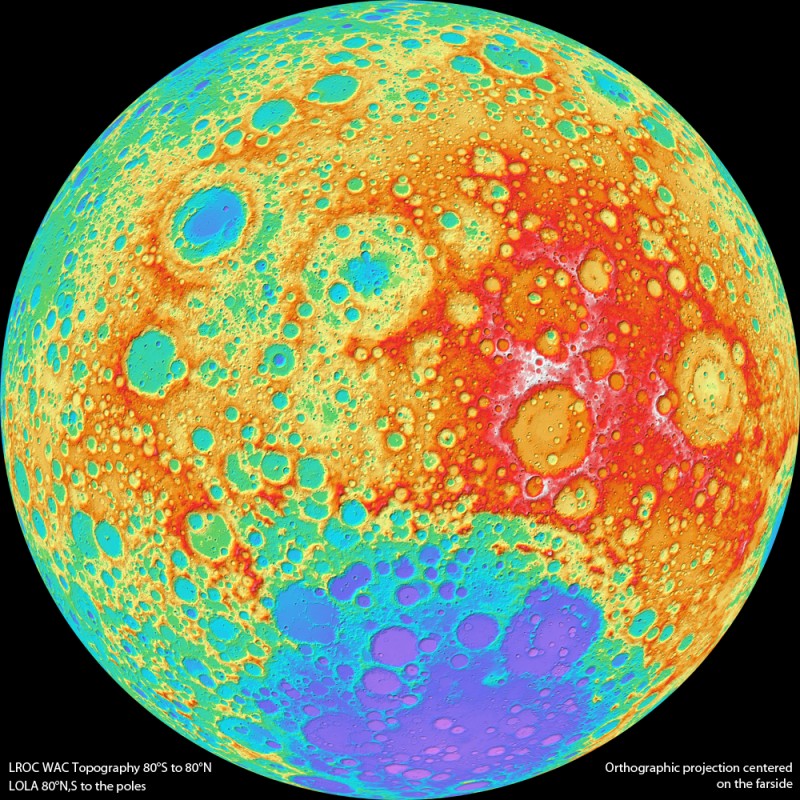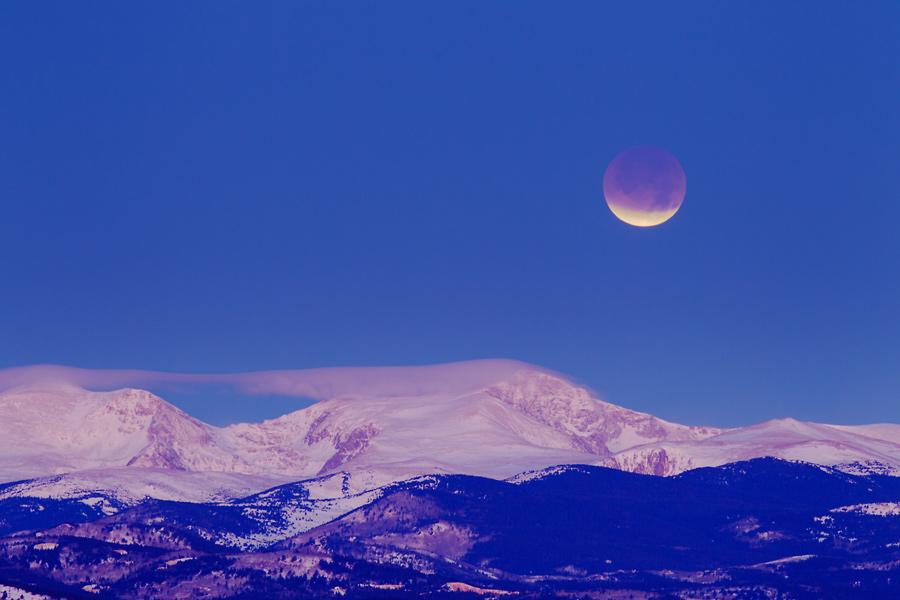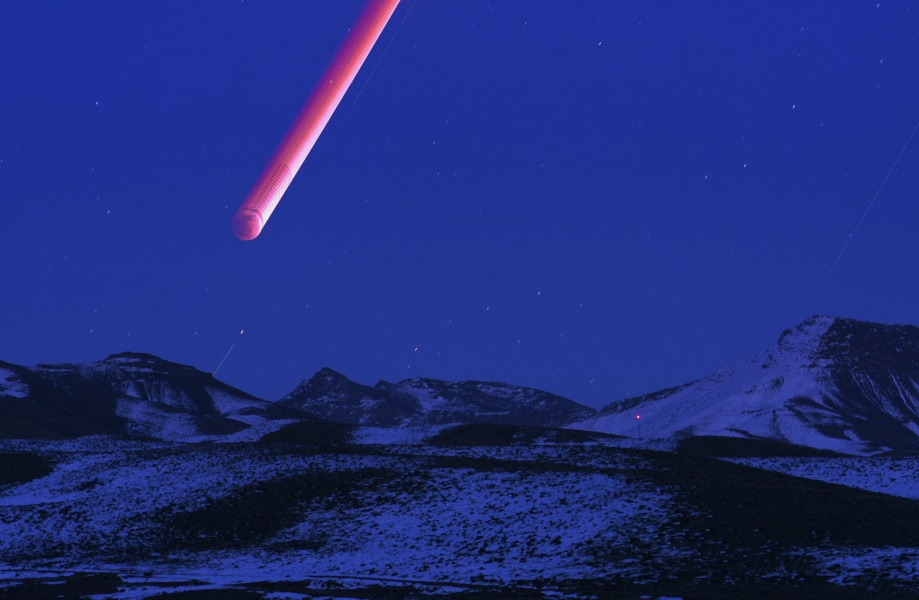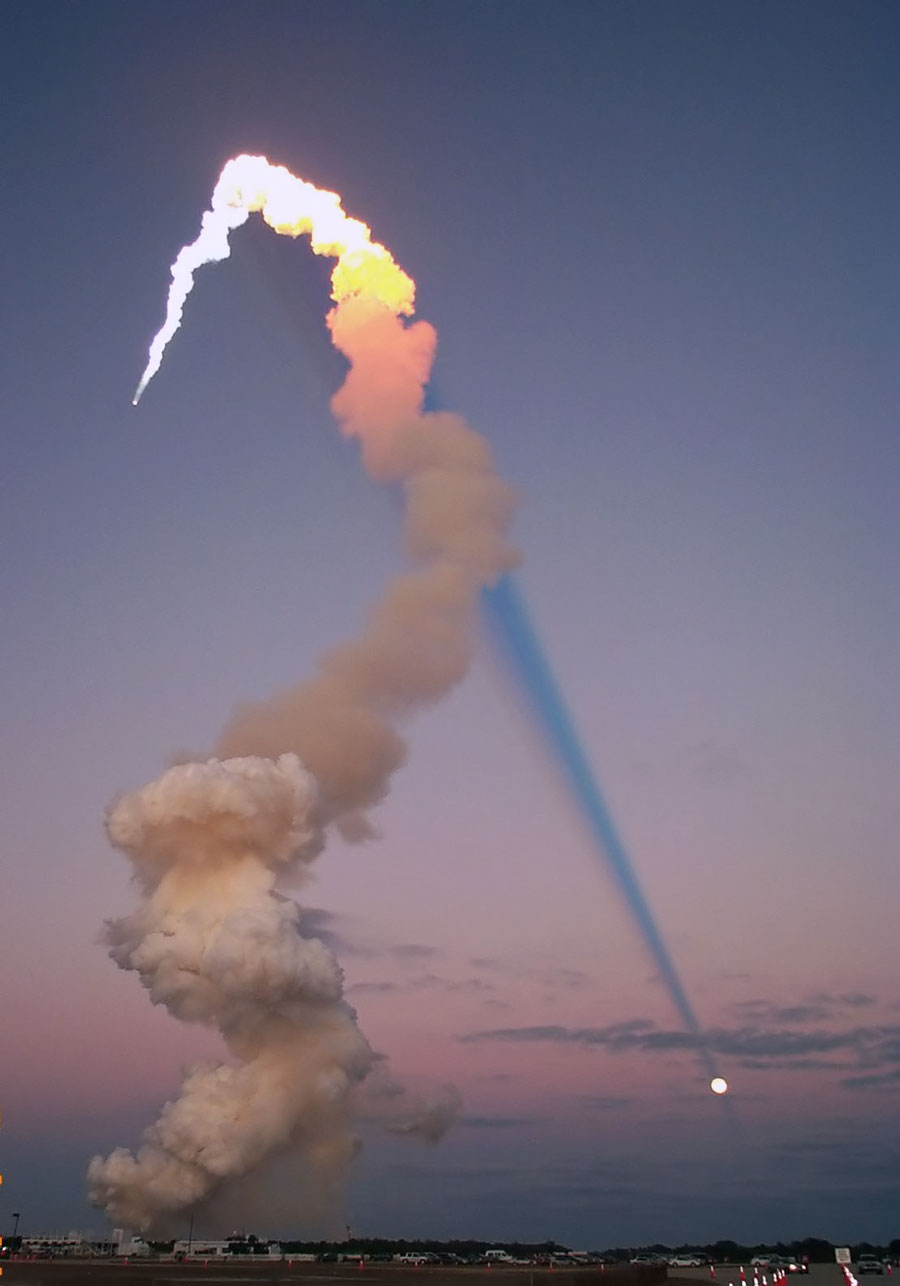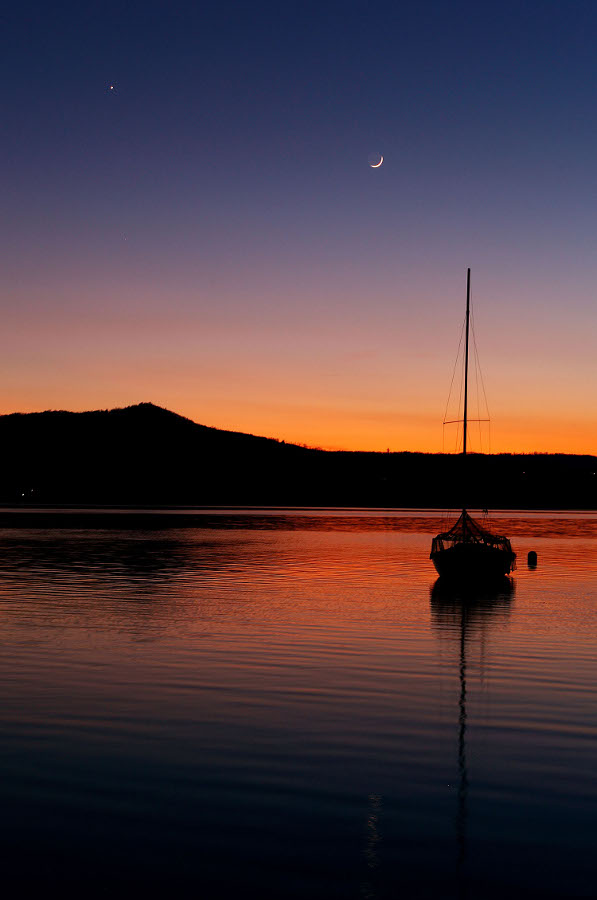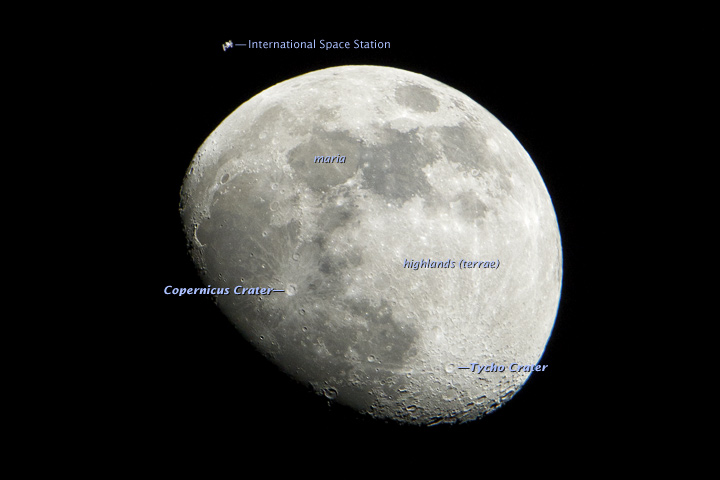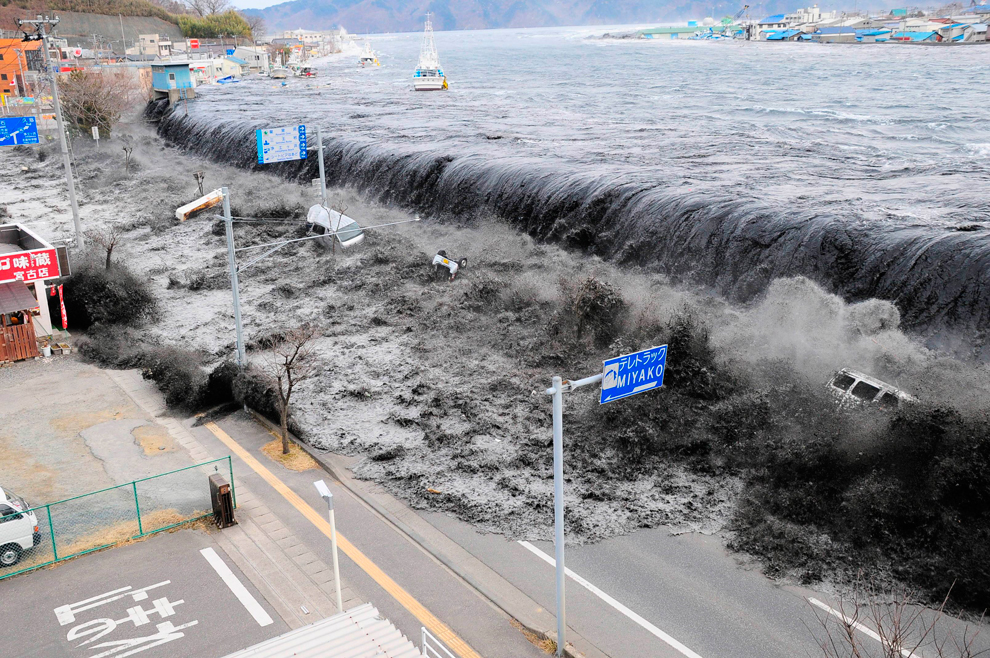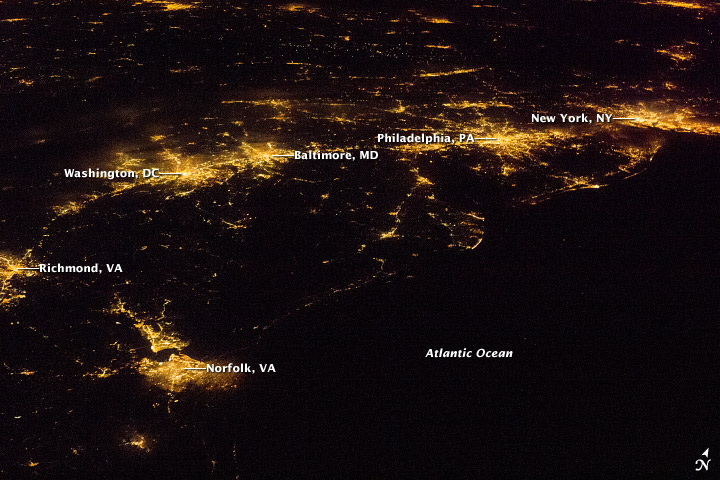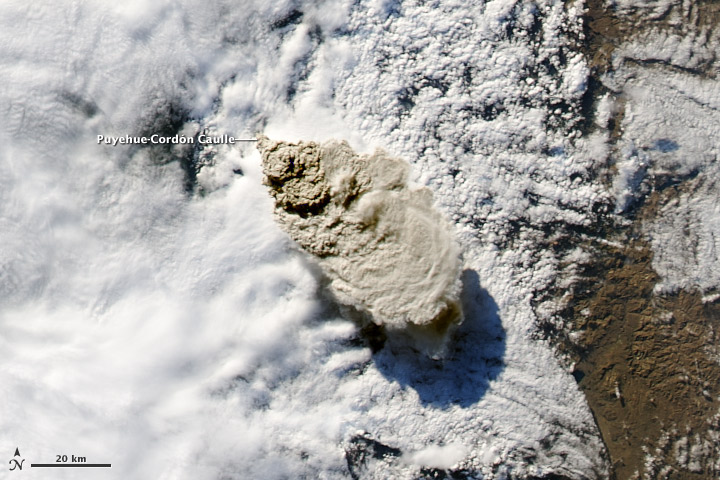Many of the photographs in this entry and the next few are from APOD, Astronomy Photo of the Day [recommended] or the NASA Image of the Day [also recommended].
Regarding this first image which got a lot of attention: it’s not a photograph, per se. It’s a rendering of data. Mind blowing in more than one way.
Viral Image The Biggest and Bluest Marble – Kara Swisher – Media – AllThingsD
Enjoy:

(Image Credit: NASA/NOAA/GSFC/Suomi NPP/VIIRS/Norman Kuring)
APOD 2012 January 3 – A Full Sky Aurora Over Norway
2012 January 3
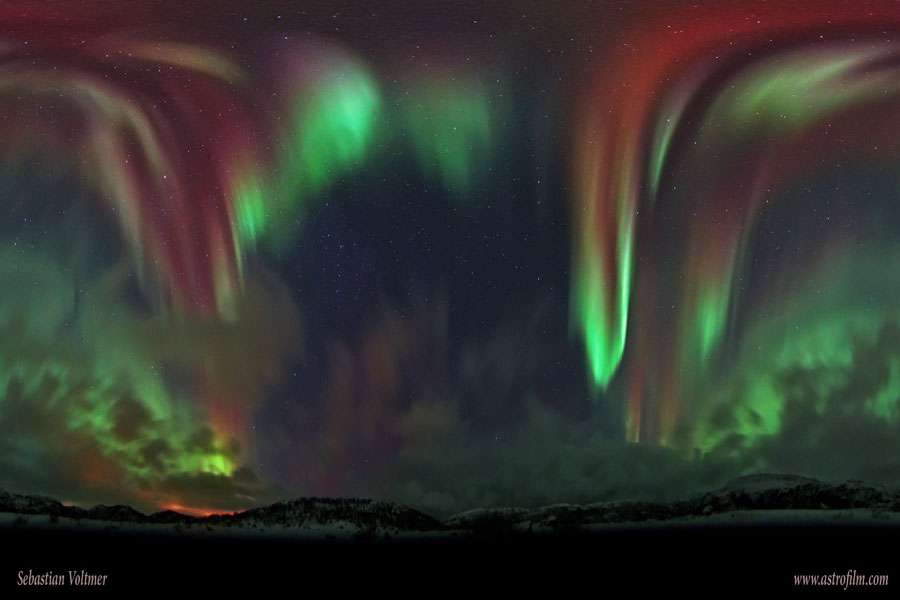
A Full Sky Aurora Over Norway
Image Credit & Copyright: Sebastian Voltmer
APOD 2011 October 28 – October Skylights
2011 October 28
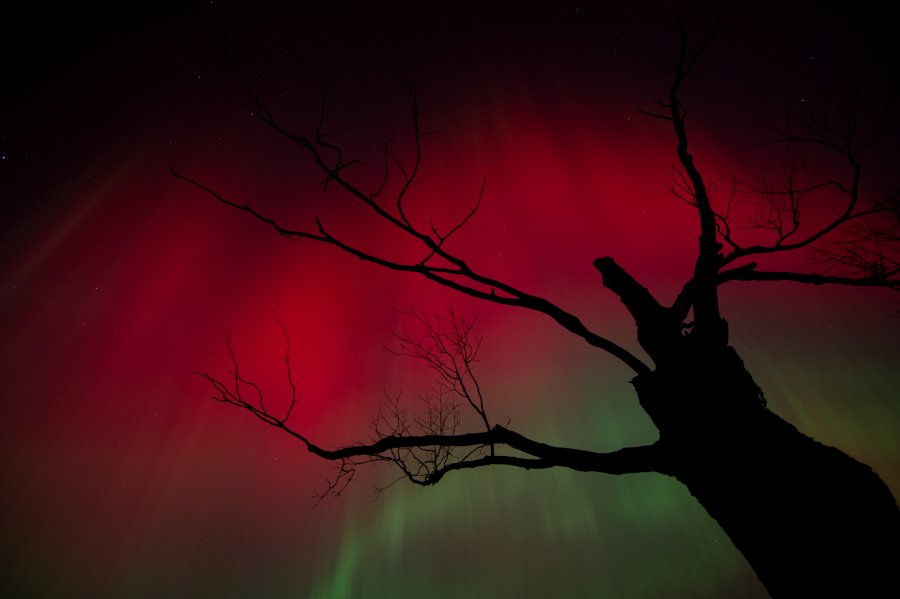
October Skylights
Image Credit & Copyright: Malcolm Park
Fire in the Sky and on the Ground Image of the Day
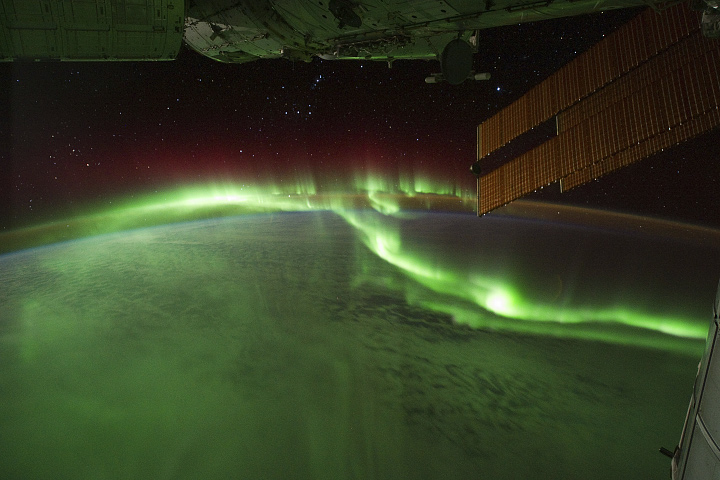
acquired September 17, 2011
Amazing Time-lapse Video of Auroras as Seen From the ISS [Video] – How-To Geek
APOD 2012 January 1 – To Fly Free in Space
2012 January 1
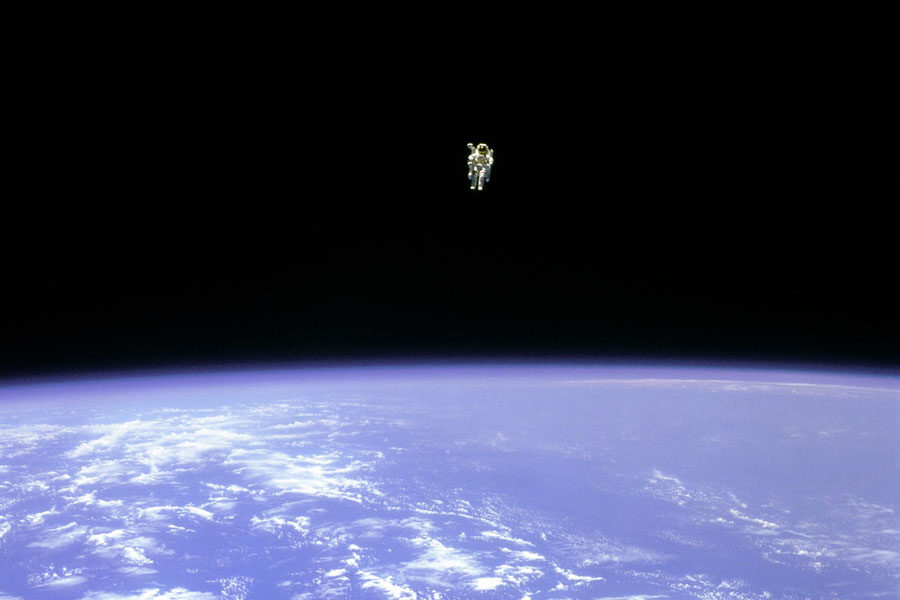
To Fly Free in Space
STS-41B, NASA
Amazing Space Photo From Twitter – Peter Kafka – Social – AllThingsD
Here’s one NASA’s Ron Garan beamed to earth yesterday from his perch in the International Space Station.
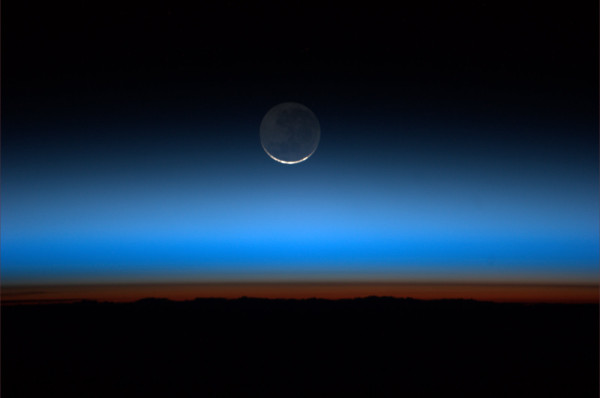
His caption: “This is what the Moon looked like 16 times today #FromSpace We had simultaneous sunsets + moonsets”
APOD 2011 November 14 – Waterfall, Moonbow, and Aurora from Iceland
2011 November 14
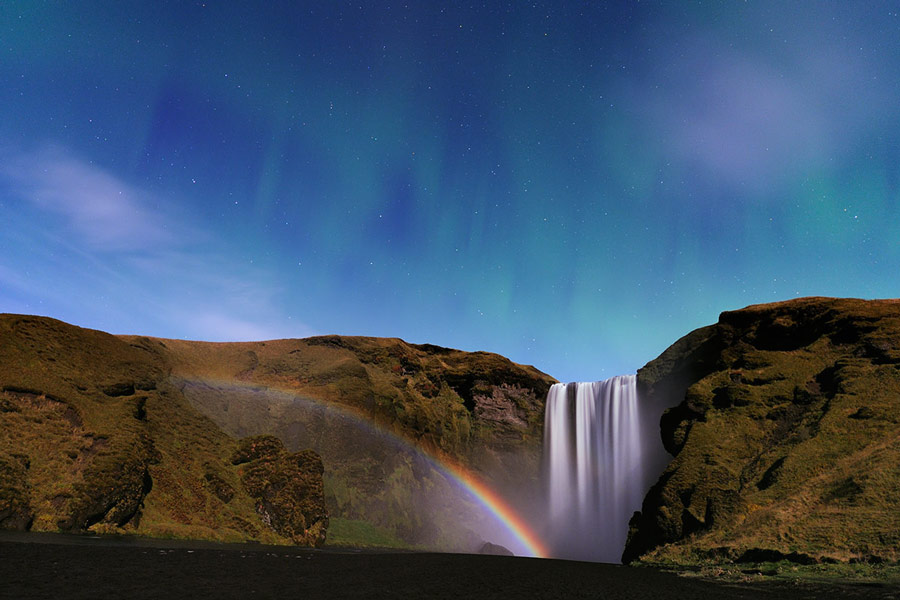
Waterfall, Moonbow, and Aurora from Iceland
Image Credit & Copyright: Stephane Vetter (Nuits sacrees)
The long shadow of Mt. Rainier Bad Astronomy Discover Magazine
Here in Boulder we get magnificent sunsets, especially in the summer when the clouds interplay with the mountains to the west. But I have never seen anything like this: the shadow of Washington state’s Mt. Rainier cast along the clouds at sunrise:

That’s amazing. Mt. Rainier is a volcano, climbing to a height of over 14,000 feet (4300 meters).
Love and Joy for the New Year Image of the Day
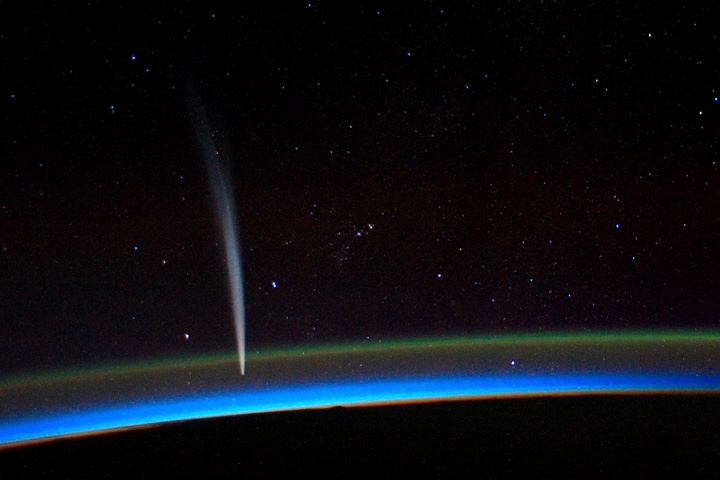
acquired December 21, 2011download large image (341 KB, JPEG, 2128×1416)
In November and December 2011, professional and amateur astronomers reveled in observing a sun-grazing comet that dove close to the Sun and survived for a return flight back to the outer solar system. Astronauts on the International Space Station (ISS) enjoyed their own surreal view of the comet as it appeared on Earth’s horizon on the day of the solstice.
ISS Commander Dan Burbank captured a series of digital photographs of Comet Lovejoy on December 21, 2011, as it rose above Earth’s limb
Nickel Cobalt

This up to 1000 years old snow has metamorphosed into highly pressurized glacier ice that contains almost no air bubbles. Thus it absorbs the visible light despite the scattered shortest blue fraction, giving it its distinct deep blue waved appearance. This cavity in the glacier ice formed as a result of a glacial mill, or moulin.
Photos of the Earth is a post from: Ah, Wilderness!. Thank you for subscribing. Let me know what you think. peace, mjh
